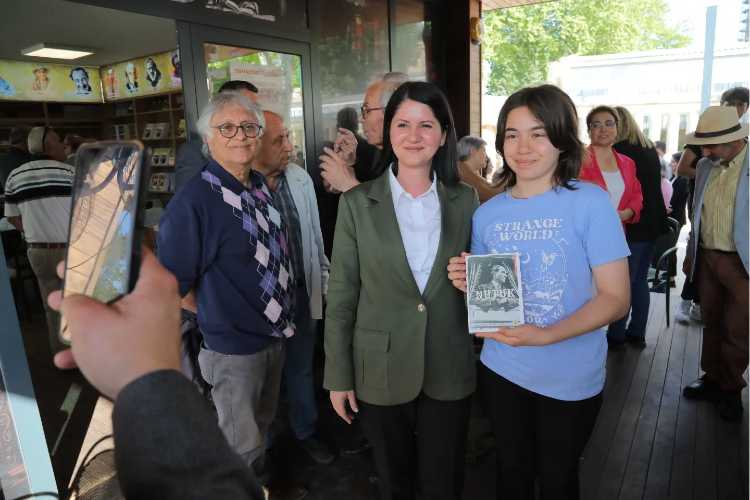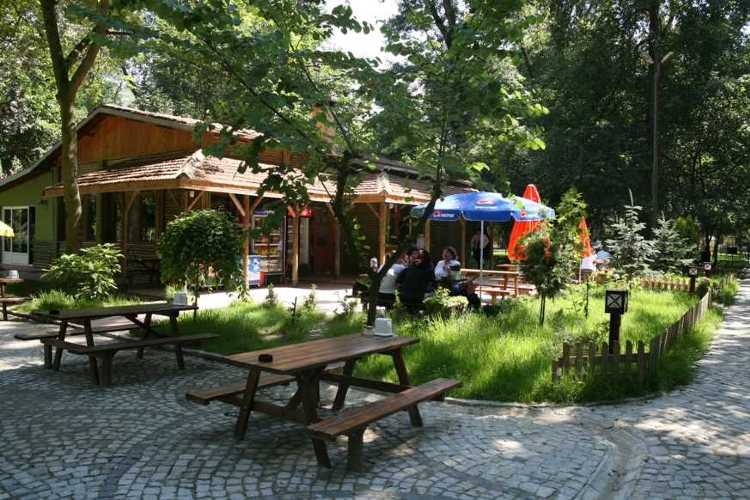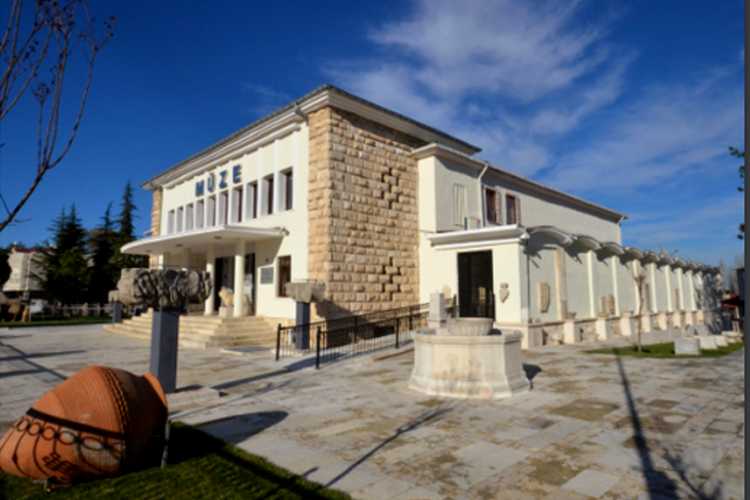
Excavations and research conducted in the region indicate that the area’s history dates back to prehistoric times. In the province where many archaeological sites are found, the first traces of settlement dating back to the Chalcolithic period were found in the mound near Çardakaltı, close to the village of Sarayakpınar.
Other important remains from prehistoric periods include dolmens and menhirs found in the Lalapaşa region to the north of Edirne, which belong to communities migrating from the Northern Balkans to Thrace around 1200 BC. These structures, which are found in various regions from Western Europe to the depths of Asia, enrich and illuminate the city’s history. Additionally, ongoing research is being conducted at the Enez (Ainos) Ancient City, which serves as an open-air museum and where findings are exhibited at the Edirne Archaeology and Ethnography Museum.

ARCHAEOLOGY & ETHNOLOGY MUSEUM
Located next to the Selimiye Mosque, the Archaeology and Ethnography Museum has been open to visitors in its new building since 1971. The museum exhibits Ottoman household items, carpets, kilims, coins, clothing, and wooden Edirne-style furniture, as well as inscriptions from prehistoric eras and artifacts from the Roman and Byzantine periods. Also displayed are findings from the Enez excavations, including pottery, stelae, and sculptures. A dolmen specimen is also located in the museum’s garden.
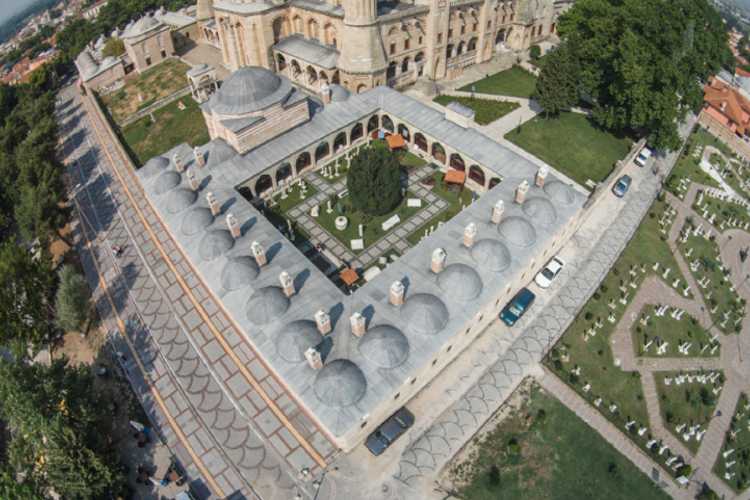
TURKISH ISLAMIC WORKS MUSEUM
Located in the Dar-ül Tedris Madrasa within the Selimiye (Mosque) Complex, this museum showcases items related to “tekkes” (dervish lodges), wrestling, weapons, wooden works, Ottoman tiles, and ceramics.
FOUNDATION WORKS MUSEUM
After the restoration of the Dar’ül Kurra Madrasa, a unique part of the Selimiye Complex, it was transformed into the Selimiye Foundation Museum, which houses restored artifacts collected from mosques in the region. The museum, located in a place meaning “where the Quran is recited,” presents a simulation of a madrasa environment with mannequins and displays metalwork, tiles, calligraphy, wooden artifacts, and historical clocks.

HEALTH MUSEUM
The structures of the Darüşşifa (hospital) and medical madrasa, which were once used for treatment, now serve as the Health Museum under Trakya University. The Darüşşifa structure, known for treating mental and nervous disorders with music, water sounds, and pleasant scents, received the European Museum of the Year Award in 2004. The Sultan II. Bayezid Darüşşifası, which houses the Health Museum, was added to UNESCO’s World Heritage Temporary List in 2016 due to its universal values.

LOZAN MONUMENT & MUSEUM
Located in the Karaağaç district, the Lozan Monument symbolizes the diplomatic victory and world peace achieved through the Treaty of Lausanne. The museum adjacent to the monument contains documents, photographs, and books reflecting the significance of this historic treaty, including documents belonging to İsmet İnönü (the second president of Turkish Republic). Signed in 1923, the Treaty of Lausanne officially recognized the independence victory of the Turkish nation, which began the national struggle under the leadership of Atatürk.
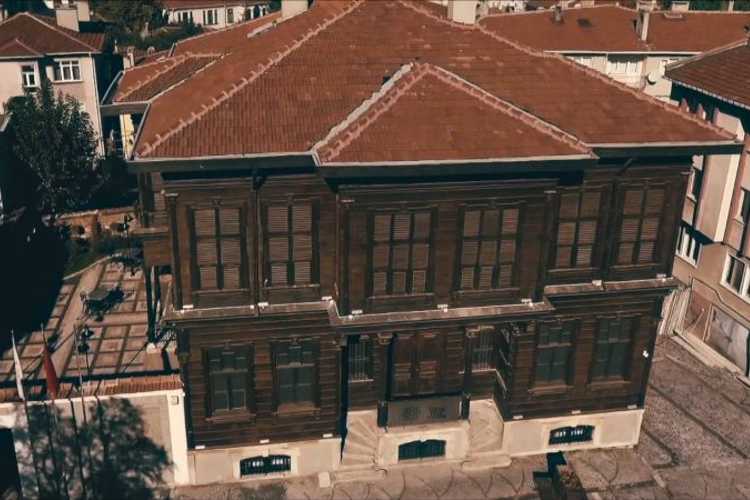
EDIRNE CITY MUSEUM
After being restored, the Hafız Ağa Mansion, one of Edirne’s civil architectural examples, was transformed into the City Museum, which opened to visitors on May 5, 2017. Located very close to the Selimiye Mosque, the City Museum allows visitors to learn about the historical development, culture, and social life of Edirne.
ŞÜKRU PASHA MONUMENT
Located at Kıyık Tabya (fort), one of the defense positions during the 1912-1913 Balkan Wars, this monument is dedicated to Şükrü Pasha (a top commander) and the martyrs who heroically defended Edirne.
KIRKPINAR CULTURE HOUSE
Recognized as UNESCO’s Intangible Cultural Heritage of Humanity in 2010, the Kırkpınar Oil Wrestling also serves as a cultural museum in an old Edirne house in Kaleiçi, providing insights into wrestlers and the history of this tradition.
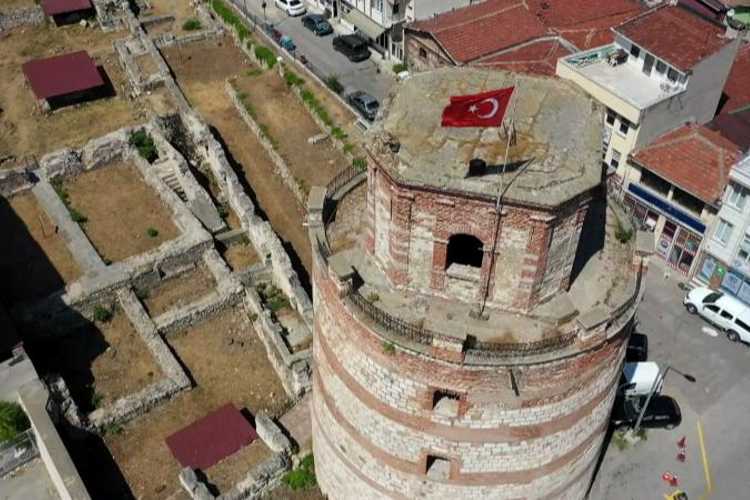
MACEDONIAN (CLOCK) TOWER
Built during the reign of Roman Emperor Hadrian (AD 117-138), the Macedonian (Clock) Tower is the only remaining structure of the four towers that once surrounded the city’s walls. It is located near the Üç Şerefeli (3 minarettes) Mosque and has been transformed into an urban archaeology park following excavations around the tower.
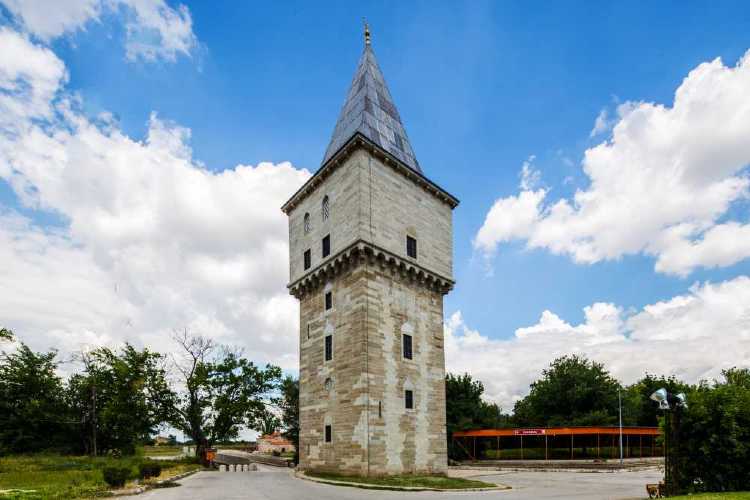
EDIRNE PALACE & JUSTICE PAVILION
Initiated during the reign of Sultan II. Murad after the Turks captured the city, the construction of the Saray-ı Cedid (New Palace) was completed during the reign of his son, Fatih Sultan Mehmet, in 1451, making it the second palace in the region after the Saray-ı Atik (Old Palace), built by Sultan I. Murad in 1365. The Justice Pavilion, which is part of the palace complex and has been undergoing excavation and restoration works, was built by Mimar Sinan in 1561 upon the order of Sultan Süleyman the Magnificent. The four-story structure, located at the entrance of the palace, features a marble fountain on its upper floor and is known to have been used as the Divan-ı Hümayun (Council of Ministers).


